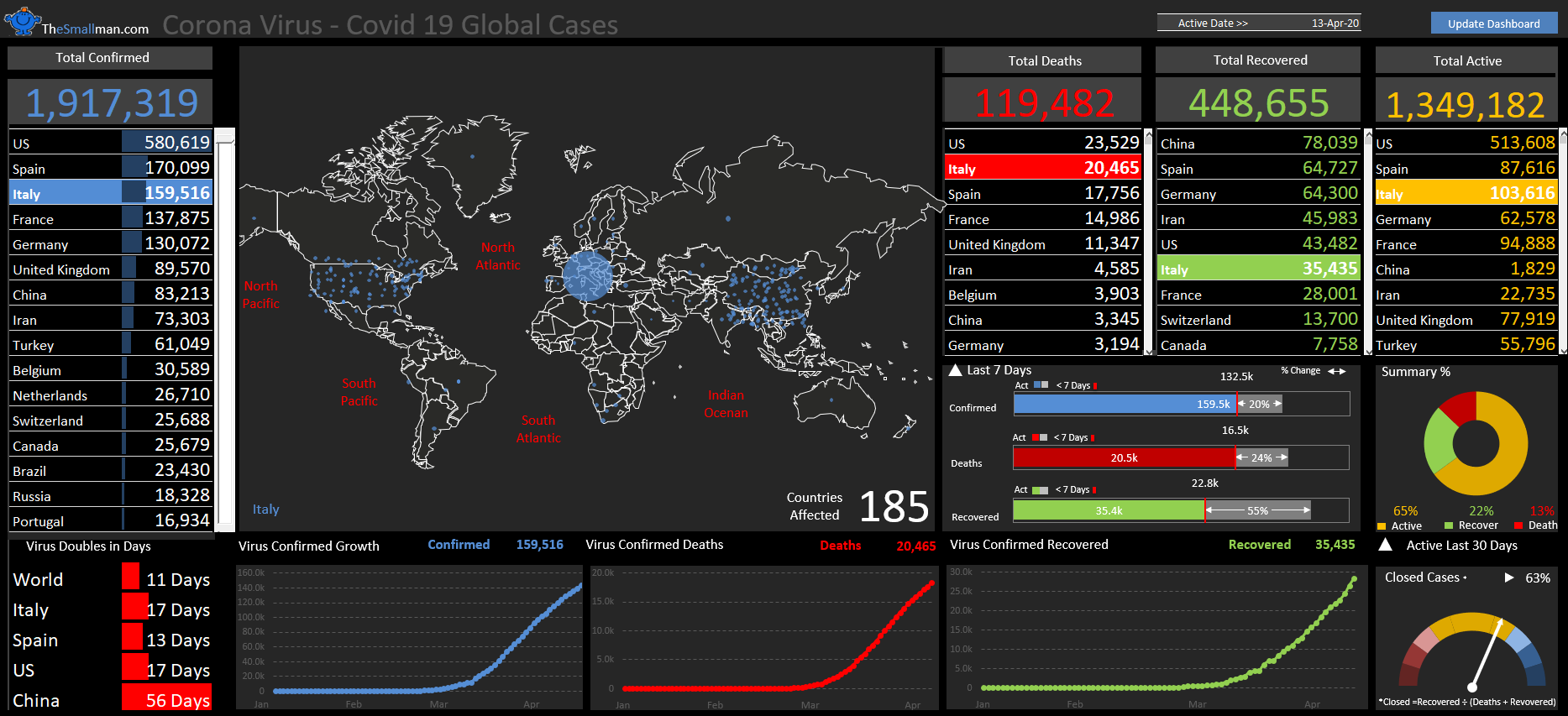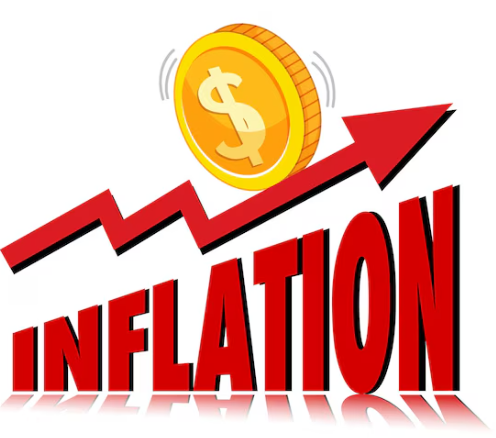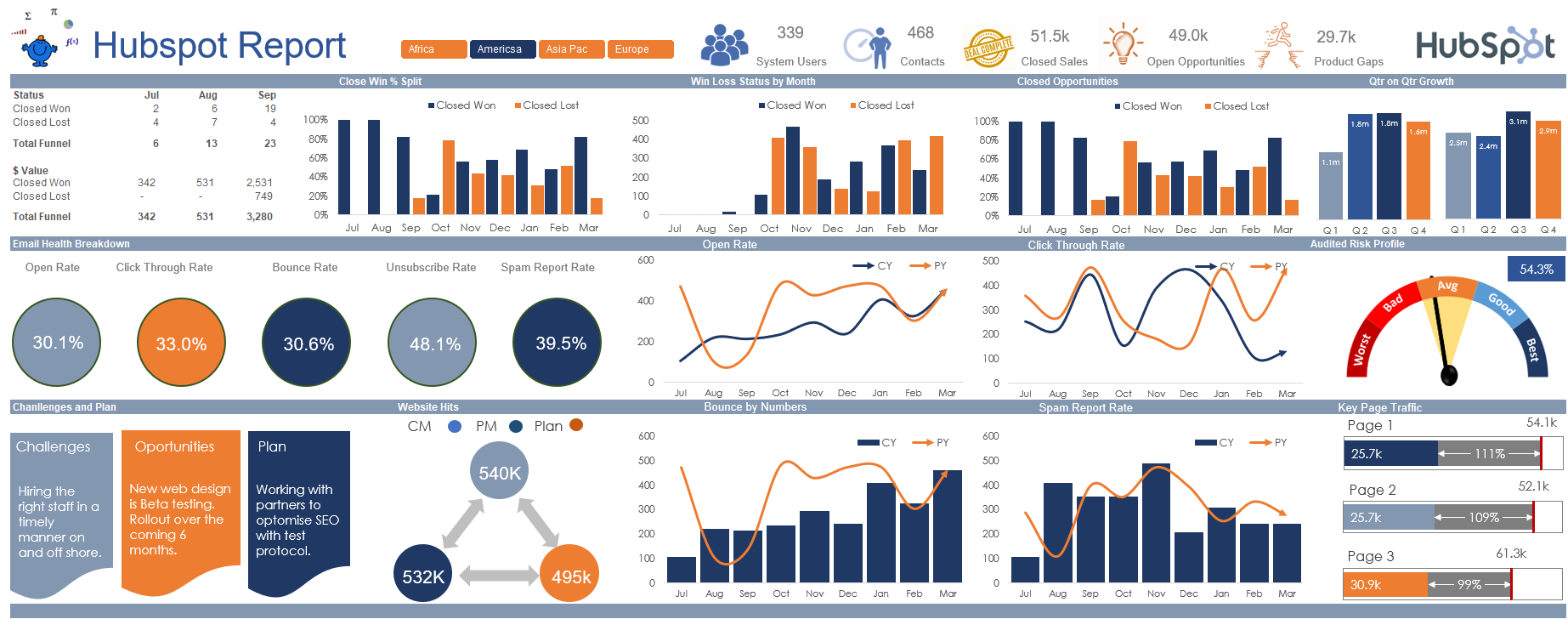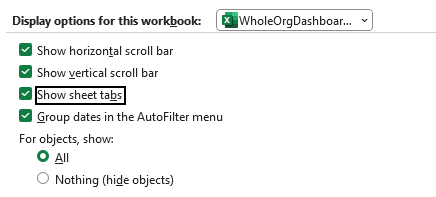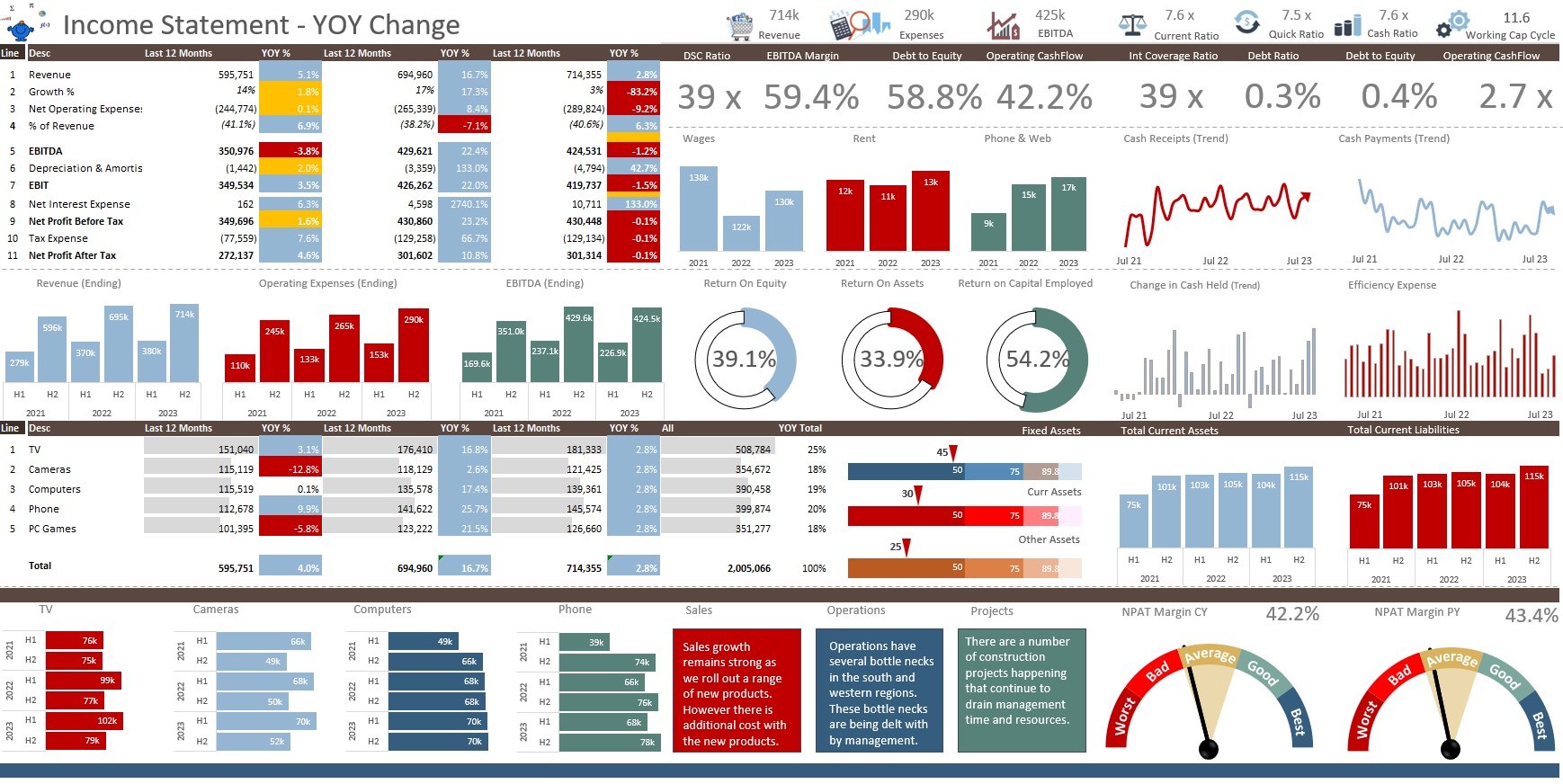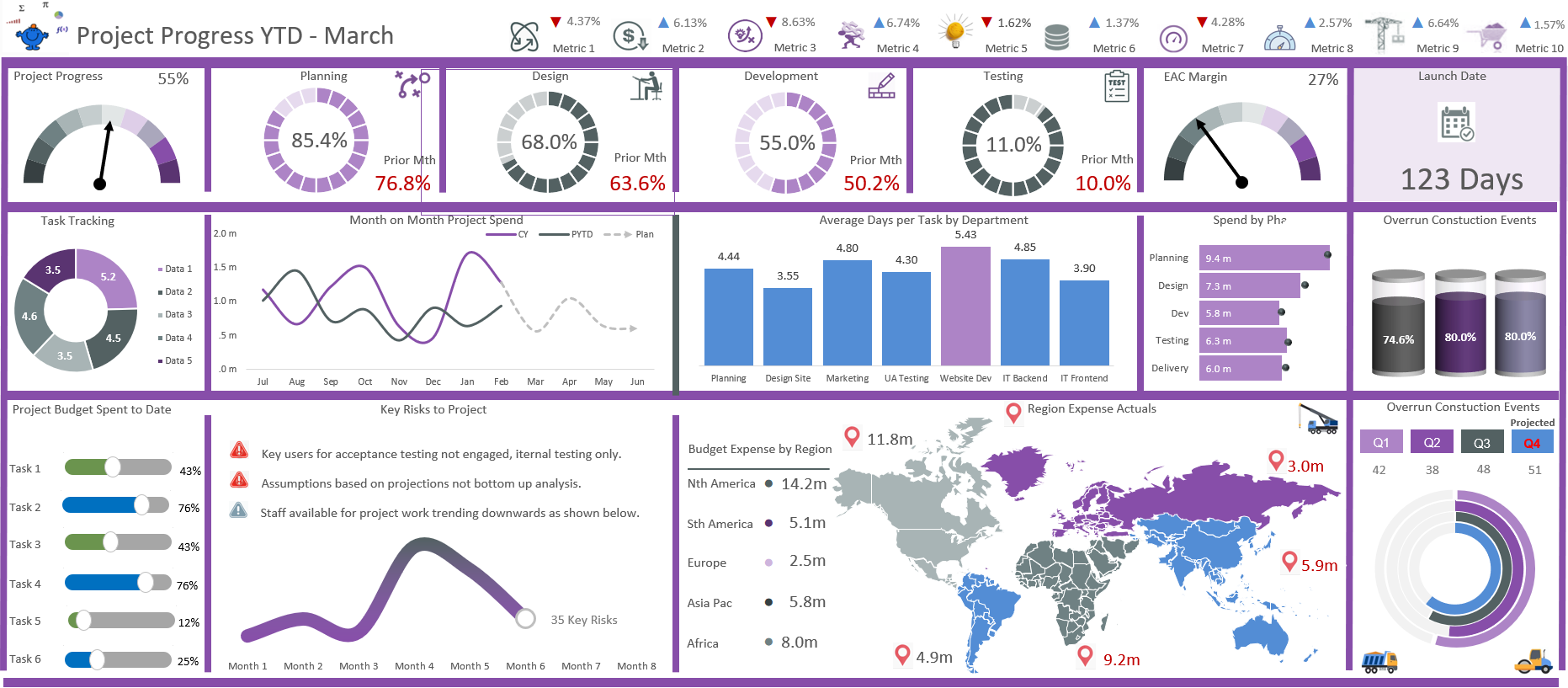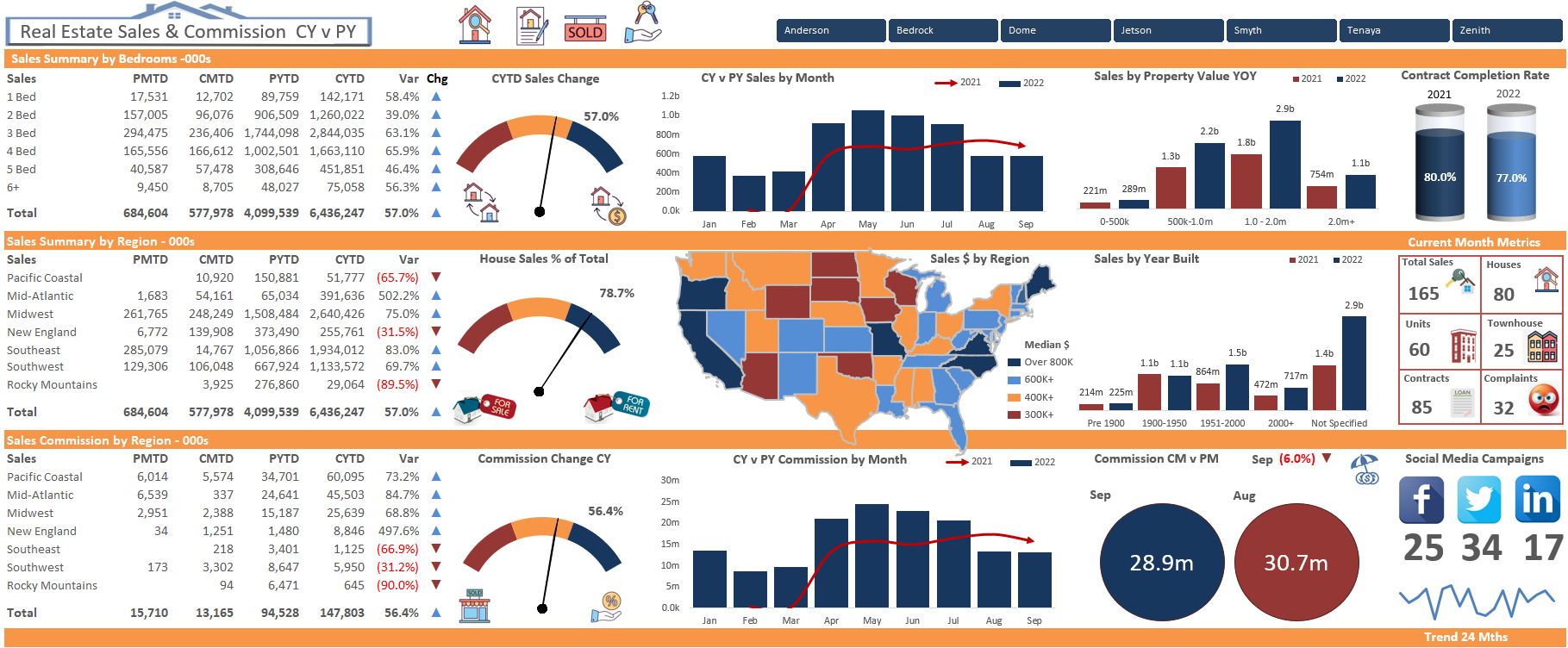Performing a check on things like the sheet name with the Evaluate method avoids a looping construct. This tutorial show you how it is done.
On my site I talk a great deal about using the autofilter within code to avoid looping. It makes a lot of sense as a filter can do in one action what a loop can do in many. It is a lot faster than looping generally speaking and it uses less VBA coding.
I have been recently experimenting with a new method for looping using the evaluate method. I posted the following code on Chandoos site and I think it worked nicely.
The request was to take all of the data from sheet1 to sheet2 where column D said the word "Yes" .
The following does this quite quickly.
Option Explicit
Sub FilterToNewLocation()
Dim ar As Variant
If Application.CountIf(Sheet1.Columns(4), "Yes") = 0 Then Exit Sub
With Sheet1.[a1].CurrentRegion
ar = Filter(.Parent.Evaluate("transpose(if(" & .Columns(4).Address & _
"=""Yes"",row(1:" & .Rows.Count & "),char(2)))"), Chr(2), 0)
ar = Application.Index(.Value, Application.Transpose(ar), [{1,2,3,4}])
End With
Sheet2.[A2].Resize(UBound(ar, 1), 4).Value = ar
End Sub
To replicate the procedure, choose the column your criteria is in Column(4) where 4 needs to change.
Choose the criteria - "Yes" changes to your criteria item.
Choose the columns numbers you want to return {1,2,3,4} and place them in the curly brackets.
Make sure the sheet referencing (Sheet code name) from sheet1 (Sheet1) and to sheet (Sheet2) are in line with your dataset.
I will attach and Excel file to show the workings. Look out for my next blog post which will be the same method just with 2 criteria.



